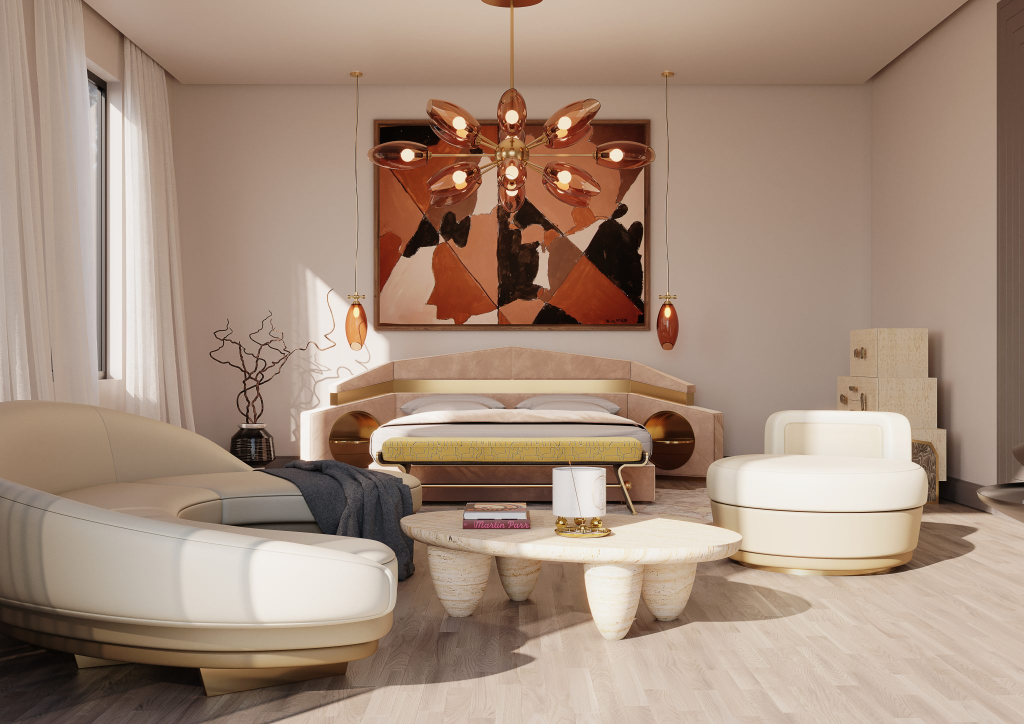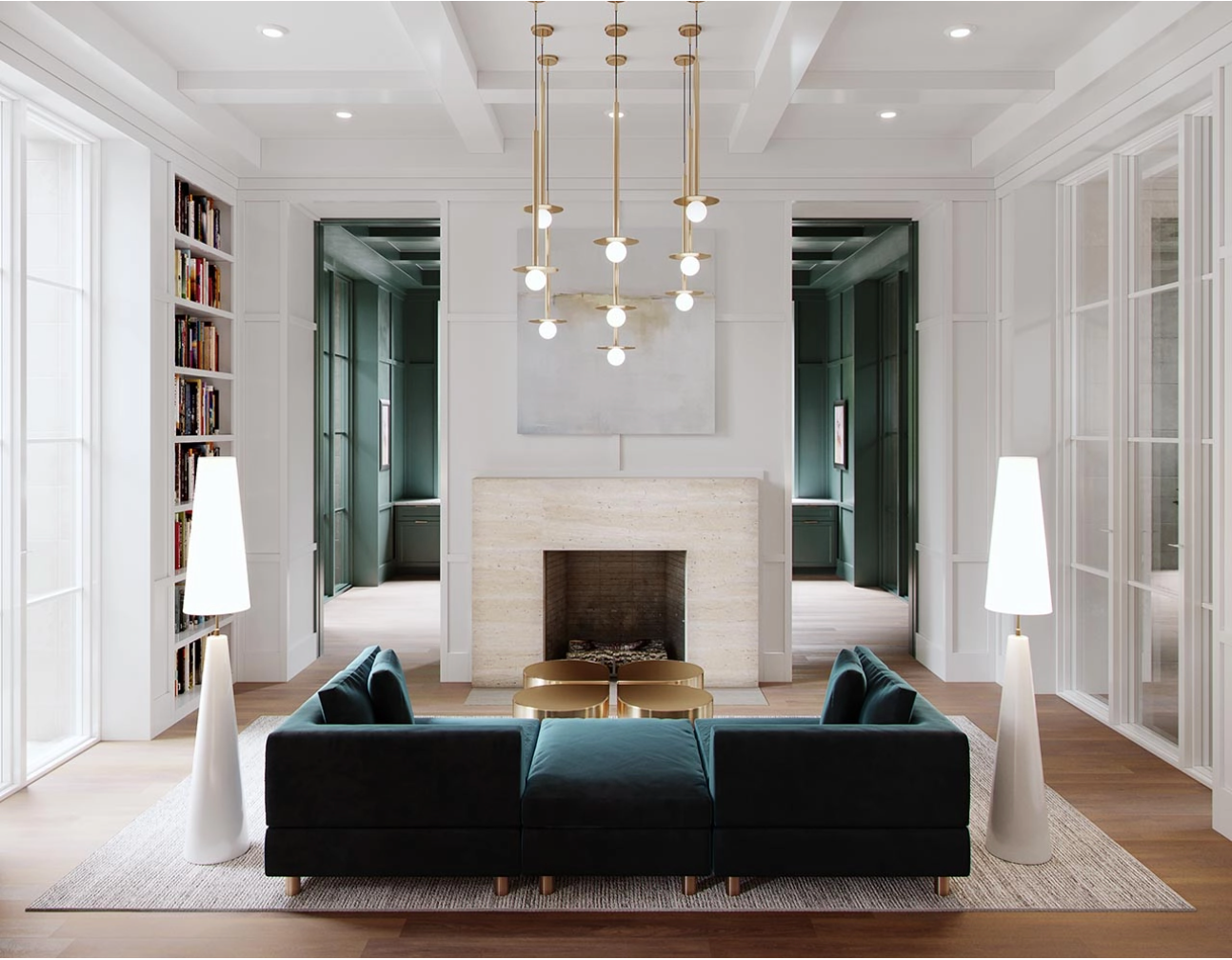Lighting can completely transform a room, turning an ordinary space into a visually captivating environment. Statement lighting, in particular, offers a powerful way to make interiors memorable while blending form and function. Whether it’s a bold chandelier, an oversized pendant, or an artistic floor lamp, statement lighting serves as both a source of illumination and a focal point that defines the character of your space. By carefully selecting and placing these fixtures, you can elevate the ambiance, highlight key design elements, and create an inviting atmosphere for residents and guests alike.
Not all lighting qualifies as a statement. What makes a fixture a true statement piece is its ability to draw attention without overwhelming the room. These pieces often feature bold designs, unique materials, or unusual shapes that stand out in a room while harmonizing with the overall interior. Statement lighting comes in many forms, from dramatic chandeliers that dominate a dining space to sculptural floor lamps that serve as functional art in living rooms or home offices.
The essence of statement lighting lies not only in size or extravagance but also in its design philosophy. It should complement the space, reflecting personal taste while elevating the room’s aesthetic. By understanding how these pieces work visually, you can ensure that your lighting adds personality and sophistication without cluttering the space.
Choosing the Right Statement Lighting for Your Space

The first step in incorporating statement lighting is to evaluate the room itself. Ceiling height, room dimensions, and the existing furniture layout all influence which fixtures will work best. A small pendant might get lost in a large, open-plan area, whereas an oversized chandelier can overwhelm a compact dining nook. Considering the room’s function is equally important; lighting must be practical for tasks while providing the desired ambiance.
Statement lighting should also reflect the interior style of the space. Modern and contemporary interiors often benefit from clean lines, geometric shapes, and metallic finishes, while industrial designs may call for exposed bulbs or raw materials. Minimalist spaces thrive with a single striking fixture that serves as a focal point, whereas eclectic interiors can accommodate bolder, more artistic lighting choices. The key is ensuring that each piece enhances rather than competes with the room’s design.
Placement Strategies for Maximum Impact
Proper placement is critical to making a statement light truly effective. Central ceiling fixtures work well in dining rooms or living areas where they can naturally command attention. In other cases, layering is essential: pairing a statement chandelier with softer ambient lights or task lighting ensures both functionality and visual balance.
Statement lighting can also be used to accentuate architectural features. A sculptural pendant in front of a large window, a chandelier highlighting high ceilings, or a floor lamp near a textured wall can transform ordinary elements into focal points. In all cases, the goal is to create a sense of harmony while directing the eye toward areas you want to highlight.
Styling Tips and Design Inspiration

When incorporating statement lighting, it’s important to strike a balance between boldness and cohesion. A single, eye-catching fixture can enhance a minimalist room without overwhelming it, while in more vibrant interiors, it can act as the centerpiece that anchors the decor. Coordinating colors and materials—such as glass, metal, or wood—helps unify the space and prevent the lighting from appearing out of place.
Current trends in statement lighting lean toward sculptural, asymmetric designs, warm metallic finishes, and versatile fixtures that serve both functional and decorative purposes. However, timeless pieces like crystal chandeliers or oversized pendants remain popular for those seeking enduring elegance.
Common Mistakes to Avoid
Even the most beautiful statement light can fail if improperly chosen or placed. Common pitfalls include selecting a fixture that is too large or too small for the room, overcrowding the space with multiple competing lights, neglecting functionality in favor of style, and placing a fixture where it doesn’t complement the flow of the room. Awareness of these issues allows homeowners and designers to create a harmonious balance between visual impact and practicality.
